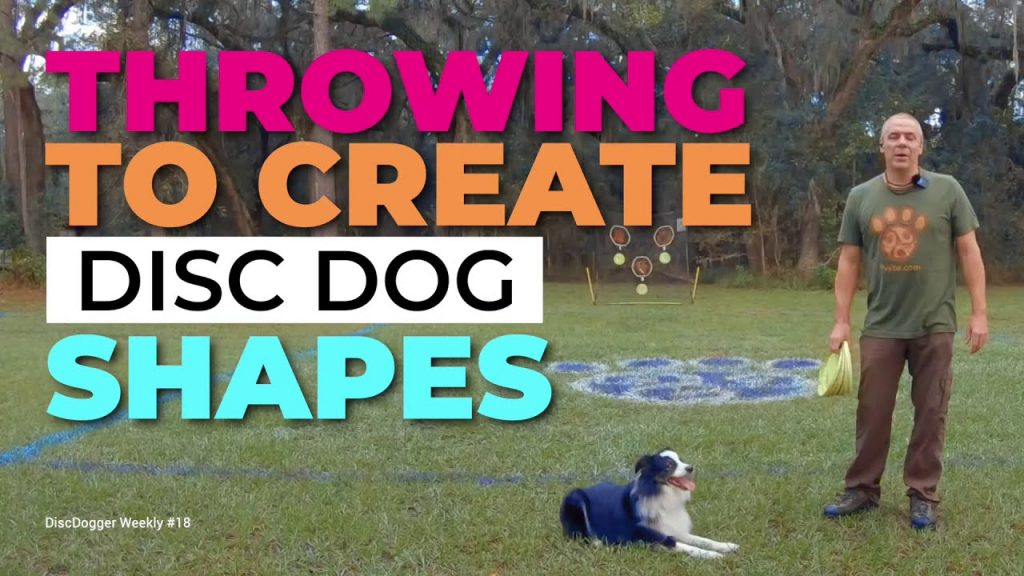
Throwing to Create Disc Dog Shapes
How and where we throw the disc has great bearing on how and where our dog moves. This sounds elementary, but the application of this knowledge is not nearly as simple as it sounds. Or maybe it is just as simple, it’s just not super easy to understand.
Lateral Throws Create Arcs
Throwing laterally, out to 10 and 2 o clock create arcing lines on the way out to make the catch and create lateral retrieves with the disc on the way back in. It also allows us to get a great read on our dog’s strong and weak flank.
Linear Throws Create Lines
Throwing linearly up and down field, and laterally at 9 and 3 o clock creates linear lines to go and catch the disc and linear retrieves with the disc on the way back in.
Field Confines Control Direction
The edges of the field can be used to control the direction of the dog. Throwing with some angle towards the edge of the field is likely to keep the dog on that angle after the catch.
Hyzer and Anhyzer
HyzerA throw that turns or curves in the opposite direction of the spin. Also an angle of release that creates a hyzer shot. For a right hand backhand throw, a hyzer shot is a... More throws reinforce counter clock movement after the catch. AnhyzerA throw that turns or curves in the same direction as the spin. Also an angle of release that creates a anhyzer shot. For a right hand backhand throw, an anhyzer shot is a throw... More throws reinforce clockwise movement after the catch. This has great impact on balanced dogs, dogs that don’t have a strong directional preference, and is an important thing to keep in mind with unbalanced dogs and can be an important piece of leverage to get them to move in the direction you want them to.
Set the Flank vs On Flank
There is a difference between throwing to Set the Flank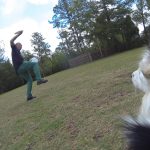 Out to the side of the handler is the Flank. If the dog is out to the handler's right or left the dog is on Flank. If the dog is moving with the... More and throwing on flank.
Out to the side of the handler is the Flank. If the dog is out to the handler's right or left the dog is on Flank. If the dog is moving with the... More and throwing on flank.
Setting the flank is driving the dog out there, and depending on the angle and the dog’s strong or weak flank, may lead to either an arcing or linear retrieve. But generally speaking Setting the Flank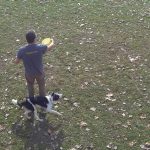 Setting the Flank means to throw out to your right or left. It’s really simple, just face any direction, send the dog Around, and then turn and throw the disc out to the... More drives the dog out there, that driving nature of the throw leads to a linear approach to catching the disc and is likely to bring the dog back in linear fashion, even if coming from the side.
Setting the Flank means to throw out to your right or left. It’s really simple, just face any direction, send the dog Around, and then turn and throw the disc out to the... More drives the dog out there, that driving nature of the throw leads to a linear approach to catching the disc and is likely to bring the dog back in linear fashion, even if coming from the side.
Throwing on flank is a softer expression of Setting the Flank, and will lead to arcing movements on both the chase and retrieve after the catch. Throwing on flank and arcing movements can be ensured by delivering the disc slightly inside the dog’s line.




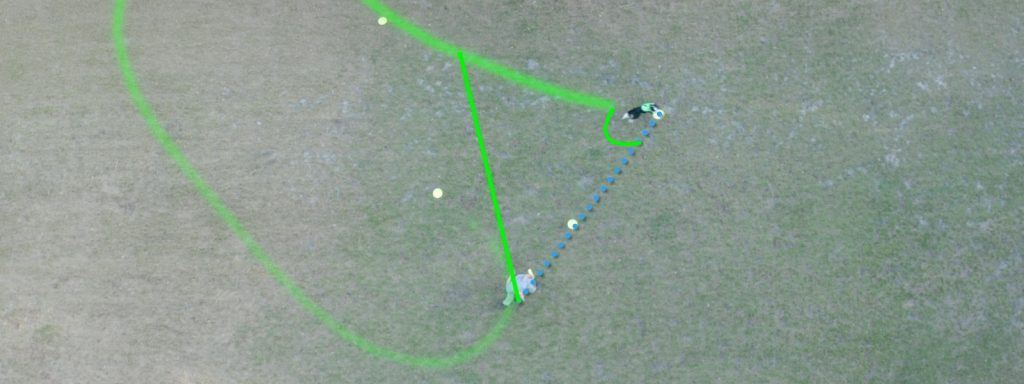
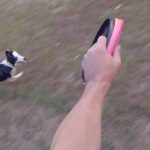
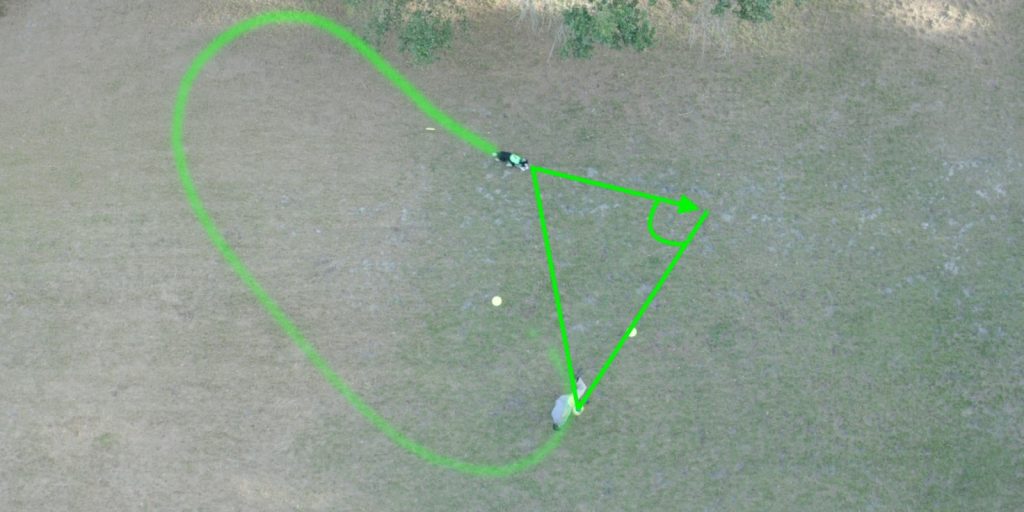
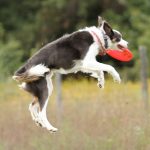
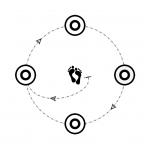
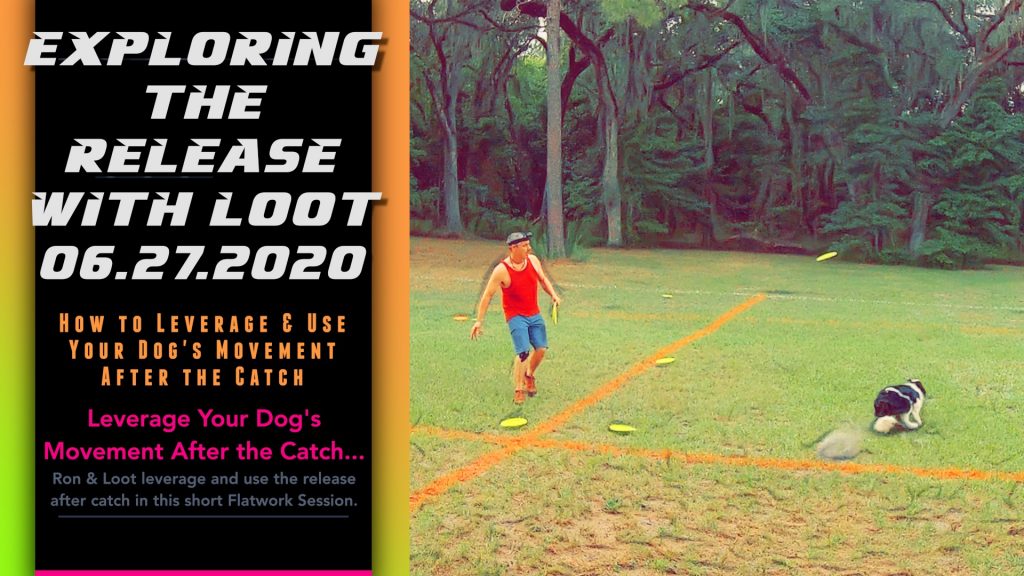

Responses